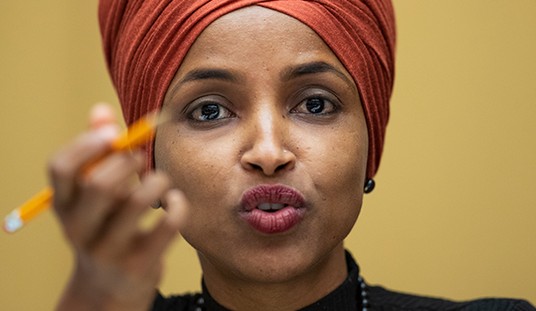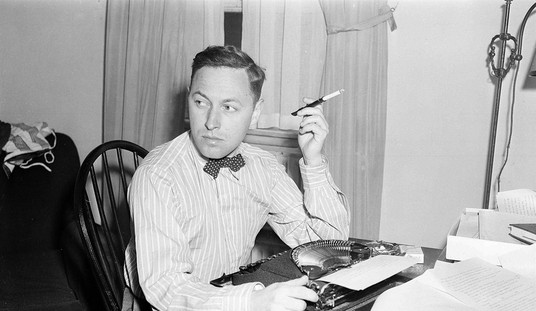Twenty-five to thirty years ago, the United States was embroiled in the bitter warfare in Central America. El Salvador was in the midst of a bitter civil war, with a moderate government fighting for its survival against death squads on the Right and Communist led guerrillas on the Left. The Left in the United States condemned the Reagan Administration’s policy as one that would produce another Vietnam close to home, and that was supposedly guilty of smashing a left-wing that deserved to rule since it supported the “people.”
In Nicaragua, the FSLN, commonly known as the Sandinistas, came to power when they overthrew the authoritarian and brutal Somoza regime in 1979. They pledged to create a democratic and united country, freed from the rule of a tyrant that had been backed by the United States. I was among those in the American Left who thought that their victory presaged a new democratic beginning for Central America, in which a truly democratic Left would be created that would combine democracy with necessary social reform.
It was only a short time that I began to see the reality that lay behind the Sandinista rhetoric. I had traveled to Nicaragua twice for The New Republic, in 1983 and 1987, and was able to observe for myself the growing drift towards a Cuban and Soviet style totalitarianism. Later I accompanied Nina Shea of the Puebla Institute, a Catholic human rights group, to investigate Sandinista encroachments on human rights.
Finally, in 1989, Mayor Ed Koch of New York City made me one of his group of New York citizens who went with him to the entire Central American region, to investigate what could be done to end civil war and institute democracy. One of the things we personally observed was the calling out by the Sandinistas of government organized mobs, called turbas, or “divine mobs,” to terrorize, rough up, and throttle any would-be emerging opposition. We witnessed these mobs brought in trucks to surround the offices of Violetta Chamorro’s opposition newspaper, La Prensa, which the regime had shut down and which announced they would reopen their presses anyway.
Now, Nicaragua is all but forgotten. But today, it once again hit the pages of The New York Times. Today’s story recounts how the country’s President, Daniel Ortega, resorted to the kind of tactics he used in the 80’s when he sought to use force to control opponents. Once again, the turbas were called out to keep the contested mayoralty to go to the FSLN’s opponent, Eduardo Montealegre of the Constitutional Liberal Party. Ortega needs to use such force. He won the 2006 Presidential race with only 38 per cent of the vote, using a system of proportional representation as well as bribery and corruption to take over the country. Once in power, as the report notes, he “has moved to impose his Sandinista stamp on all aspects of society.”
In 1989, Ortega was forced to give up power when scores of international observers, including Jimmy Carter, said he had lost the country’s first truly free elections, and that he had no other recourse. Ortega had agreed to let the observers in, believing his own propaganda that he would win overwhelmingly. Now, he has learned his lesson. No more observers, he declared. “From that moment,” he announced, “I lost faith” in the OAS and other groups that monitored that election. No wonder. Ballots favoring the opposition candidate were found in the municipal dump near Managua.
Will these events lead finally to the end of the international Left’s old support of the tyrant Daniel Ortega? Stephen Kinzer, who headed the New York Times Central American bureau in the 1980’s, is one reporter who thinks so. Writing in the L.A. Times about Ortega’s prosecution of the 83 year old poet Ernesto Cardenal, Kinzer says that Ortega rules Nicaragua like his “private fiefdom,” and holds power “like an old-fashioned Latin American caudillo.” Despite this, Ortega’s constant denunciation of American imperialism, the International Monetary Fund and the like has made him beloved in many quarters of the world’s Left.
He is now trying to throw his old ally Cardenal in prison. Once a minister of culture for his regime who won support for Ortega in the 80’s, Cardneal now acknowledges that Ortega is a “thief” who runs the country as “a monarchy made up of a few families in alliance with the old Somoza interests.” Now Latin American writers are petitioning in Cardenal’s favor, much as they came to the support of writer Herberto Padilla when Fidel Castro punished him in the 1970’s. Kinzer judges that “this episode has probably removed the last aura of romance surrounding the Sandinista Front.”
I certainly hope so. But the Left in America has a long history of believing the rhetoric and the promises of left-wing tyrants, from Lenin and Stalin to Ho Chi Minh, Fidel Castro, Hugo Chavez and yes, Daniel Ortega. Stephen Kinzer is an honest liberal, a man with whom I have had disagreements in the past, but who writes it as he sees it. He is subject to confusing his own willingness to accept the truth about the Sandinistas with that of the international Left. They are, finally, not the same thing.









Join the conversation as a VIP Member